Total decomposition of citrus flower and fruit
Time:2023-01-31 Follow:1014
Citrus is a fruit tree with more flowers and less fruit. Most of the flowers and young fruit fall off during flowering and fruit development, and the fruit setting rate is about 5%.
The law of citrus flower and fruit abscission
The flower and fruit shedding of citrus is a normal phenomenon. If tens of thousands of flowers are sitting on the fruit, it will not kill the fruit tree alive!
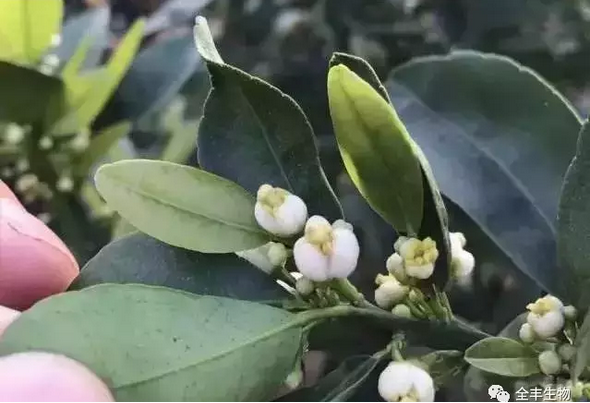
Citrus malformed flower
Citrus flower fall: the flower fall before flowering and after flowering are mainly incomplete flowers or deformed flowers. These flowers will not bear fruit. In order to avoid the phenomenon of occupying the pit, they will fall off naturally. It usually accounts for about 25% of the total flowers.
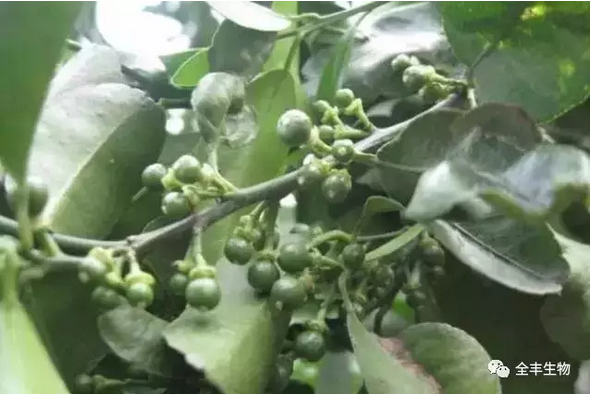
Citrus fruit fall can be divided into three stages, namely the first physiological fruit fall, the second physiological fruit fall and pre-harvest fruit fall.
The first physiological fruit drop: the young fruit falls off with stems, usually 10 to 15 days after flowering, with a large amount of fruit drop, accounting for about 50% of the total flower amount.
The second physiological fruit drop: the fruit falls off from the honey tray without fruit stem, which generally occurs 20 days after the last fruit drop, accounting for about 20% of the total flower amount.
Pre-harvest fruit falling: it occurs after fruit setting and before harvest, accounting for about 1% of the total flowers.
Reasons for excessive shedding of citrus flowers and fruits
The natural shedding of flowers and fruits during the growth and development of citrus is a normal physiological regulation, but if the excessive shedding of flowers and fruits will directly affect the fruit setting rate and yield, then what are the reasons for the serious shedding of flowers and fruits of citrus?
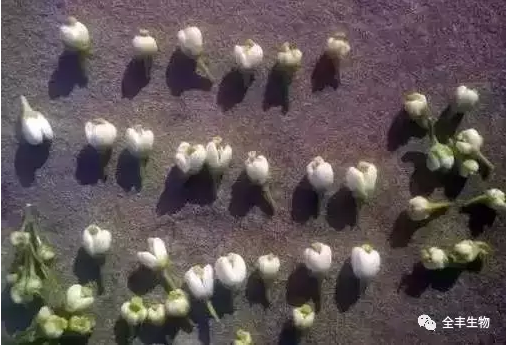
Falling flower anomaly
When citrus flower bud differentiation, if the nutrient is insufficient, or there are diseases and insect pests such as bud maggot, thrips, anthrax, etc., or through artificial flower promotion, especially poor management after ring cutting, the differentiation can be interrupted or poor, forming many incomplete flowers and deformed flowers, and a large number of falling off.
In early spring, the tree body was yellowing and even defoliated seriously, the photosynthetic intensity decreased, and the photosynthetic products were difficult to transport to the root, but accumulated in the aboveground part, resulting in an increase in the number of flowers and a decrease in the number of healthy flowers, leading to serious flower falling and bud falling.
In case of overcast and rainy weather during flowering, excessive water will make the pistil stigma mucus of the flower insufficient and lose its pollination function, resulting in flower falling.
Abnormal high temperature and air drying during flowering will shorten the flowering period, and the pistil stigma will quickly dry up, affecting the fertilization and causing flower shedding.
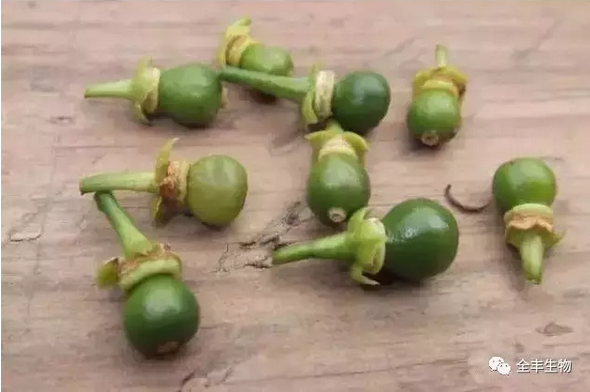
Fruit drop anomaly
The first physiological fruit drop
When citrus blooms, it consumes a lot of nutrients in the tree, and does not replenish it in time after flowering, which is easy to cause insufficient nutrient supply during the development of young fruit, and a large number of fruit falls.
The vegetative shoots of spring shoots grow too fast, especially the ones that mature slowly, which will increase the consumption of nutrients. The immature spring shoots cannot produce organic nutrients through photosynthesis, leading to fruit drop.
Abnormal temperature can easily cause fruit drop, and too dry or wet soil can also cause fruit drop. The main reason is that the absorption of soil nutrients by roots is affected, resulting in insufficient nutrient supply.
Insufficient light will affect the synthesis and transportation of photosynthetic products, so long rainy days or large shading between plants and rows will also cause a large number of fruit drop.
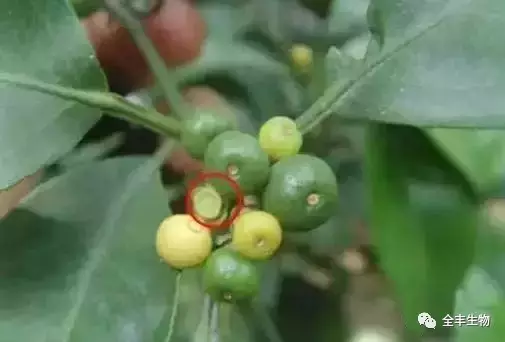
The second physiological fruit drop
The deficiency of auxin and gibberellin in young fruit, especially in seedless varieties, causes the increase of ethylene and abscisic acid levels in the fruit stalk to induce delamination and fruit drop.
In summer, the temperature is high and the fertilizer efficiency is fast. Citrus trees are prone to sprout summer shoots. The summer shoots sprout too much. The vegetative growth and reproductive growth are carried out at the same time, competing with the young fruit for nutrients. At this time, if the control is not effective, it will also aggravate the fruit drop.
Poor weather conditions, such as high temperature and rainy weather, cause fruit falling.

Preharvest fruit drop
It is mainly related to bad weather conditions, nutritional factors, diseases and insect pests.
How to protect flowers and fruits?
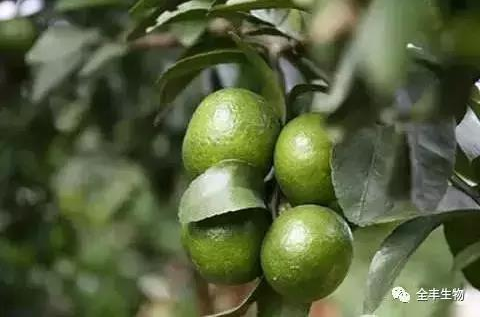
At present, the main citrus production areas have entered the period from sprouting to bud, so how to carry out the next work of flower and fruit protection?
1. Apply germination fertilizer
Before and after the spring shoots sprout, the topsoil layer shall be opened inwards with the water drop line of the tree crown to supplement nutrients to improve the nutrient level of the tree body and coordinate the balance between nutrient growth and reproductive growth.
2. Supplementary application of Xie Hua fertilizer
Spring shoots sprout and bloom in large numbers, and the tree consumes a lot of nutrients, especially nitrogen. If inorganic nutrients are not supplemented in time, a large number of young fruits will fall off.
3. Top dressing on the leaves to speed up the ripening of spring shoots
Topdressing outside the root in spring can quickly overcome the problems of slow greening of spring shoots, weakened photosynthesis, decreased tree vigor and unstable fruit setting due to insufficient root absorption.
4. Drought prevention and water drainage
Spring drought often occurs during the flowering and fruit-setting period of citrus. Spring drought will cause short spring shoots, abnormal flower buds, many abnormal flowers, or petals and styles wither during flowering, stigma mucus is dry and solid, anthers die, and pollination cannot be carried out, or the pollen tube cannot extend to the ovary after pollination, and the young fruit falls off due to poor development. Therefore, in case of drought and high temperature, water must be sprayed in time to keep the soil moist, so as to facilitate the growth of root groups and absorb nutrients for supply.
Frequent continuous rain in spring will cause ponding in the garden, affecting the growth and absorption of roots, and even root rot or root suffocation due to lack of air, leading to black and necrosis of young fruit. At the same time, the continuous rain will also cause the petals to not fall off, affecting the young fruit pericarp to turn green. Therefore, in rainy days, the orchard should be inspected in time to remove water and shake flowers.
5. Prevention and control of diseases and pests
The main diseases and insect pests that directly cause flower and fruit fall include: bud maggot, malignant leaf beetle, flower thrips, red spider, rust spider, leaf roller, weevil, anthrax, ulcer, scab, etc. Pay attention to prevention and control in proper period.
6. Rational use of growth regulators
Gibberellin, cytokinin, prochloraz, sodium nitrophenolate, brassinolide and so on are widely used.
7. Eliminate excessive spring shoots and early summer shoots
This is a method to solve the contradiction between sprouting and fruiting, and it is applicable to young fruiting trees and young trees. First, remove the overgrown spring shoots, and remove some new shoots according to the principle of "three by two" and "five by two" before the shoots are cut. The second is to pick the heart. When the spring shoots grow to 15 cm, be careful to save nutrients. Third, when the summer shoots are 3-5 cm long, they will be completely wiped out until the end of the second physiological fruit fall in the first and middle of July.
8. Avoid fertilizer injury and drug damage
During the period of flower and fruit conservation, we should not only fertilize but also control diseases and insect pests, spray auxin and supplement trace elements.
Therefore, we should carefully arrange the interval between each fertilization or spraying, and also understand whether each pesticide can be used during flower and fruit conservation, the safe and effective concentration used, and whether it can be mixed. In principle, the fertilizer should be applied thinly several times to avoid the injury of new roots and affect the fruit setting.
(Article source: agricultural assistant)
-
Prev:Null




